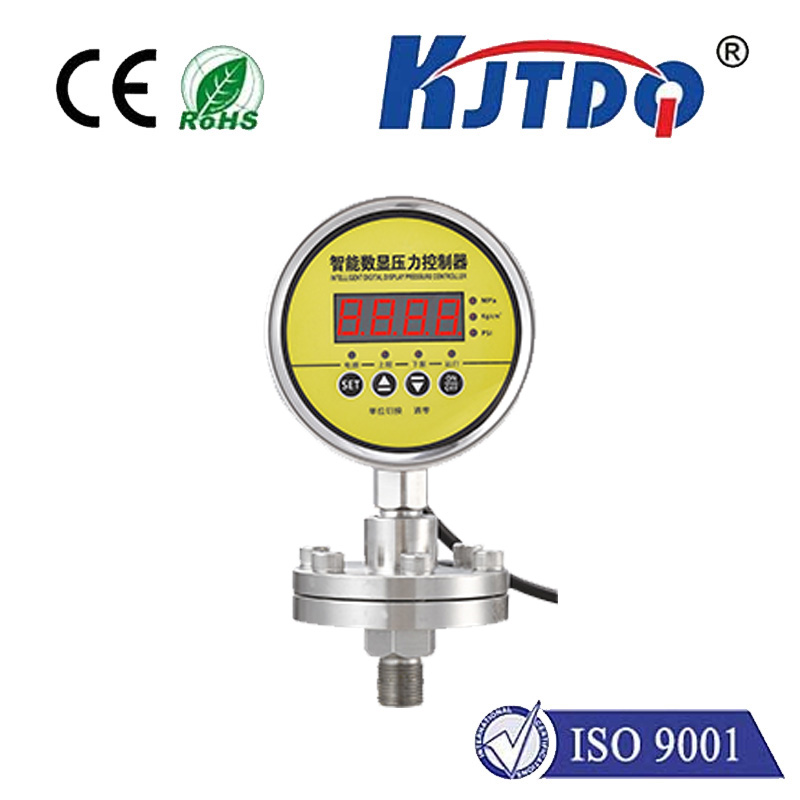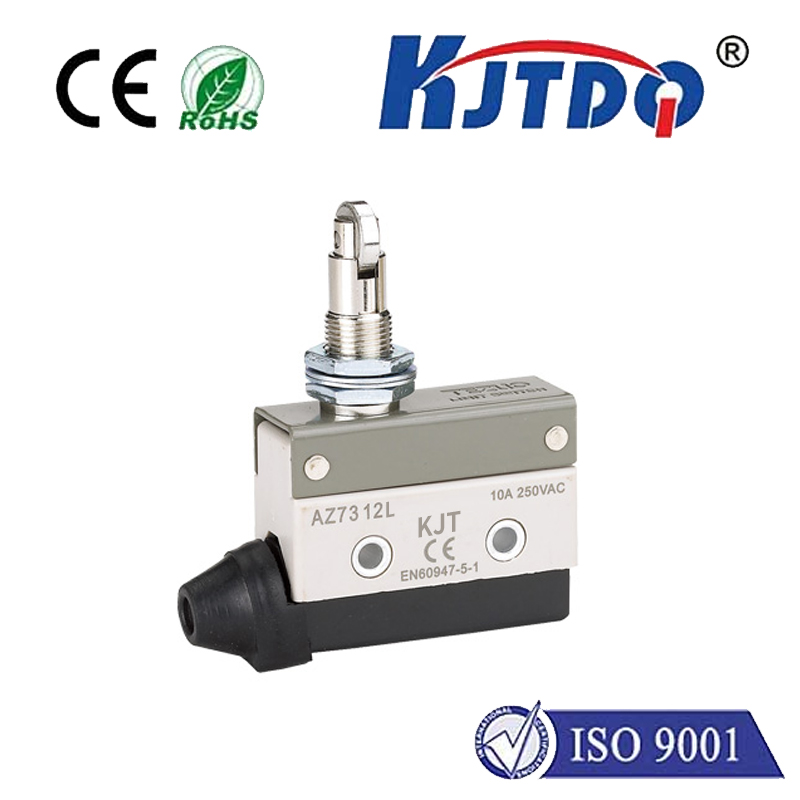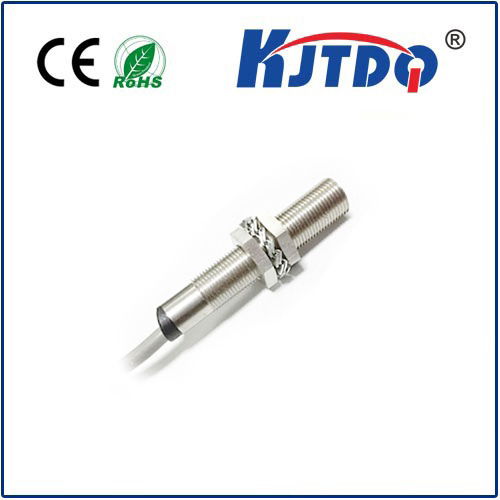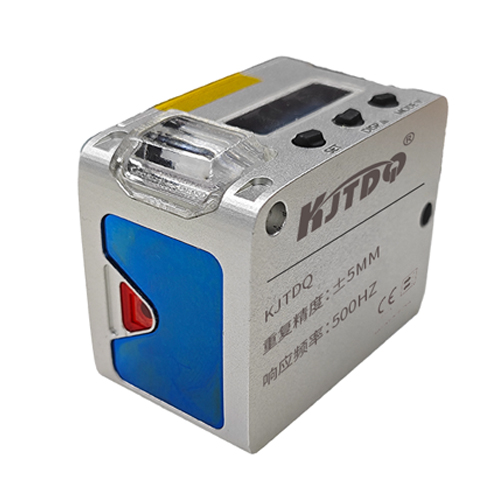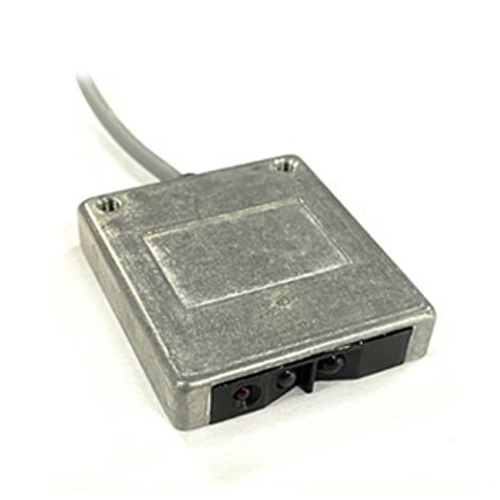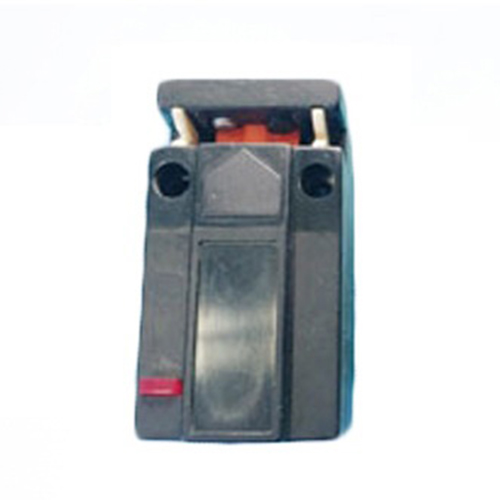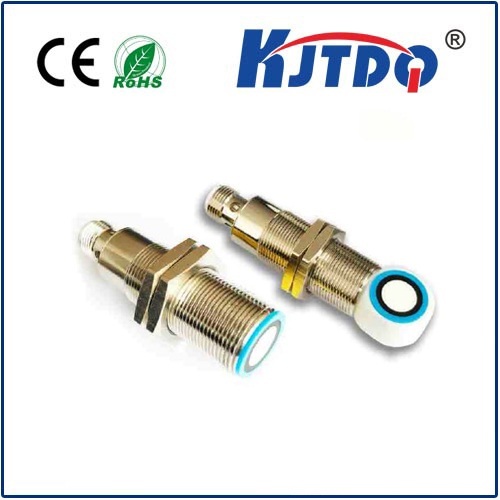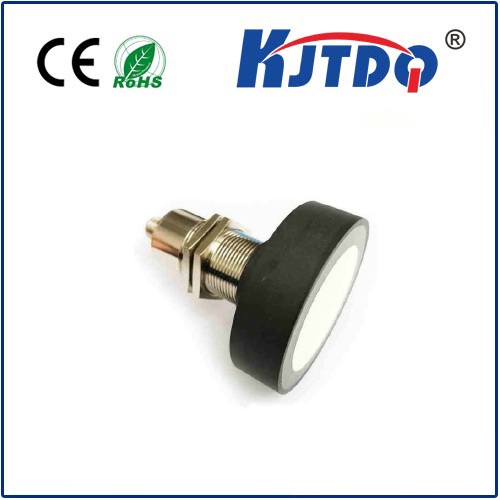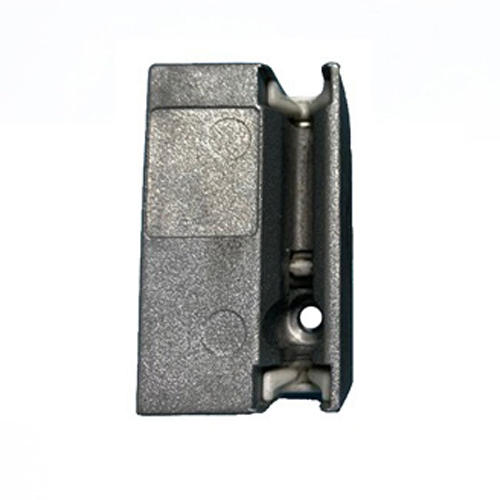mini distance sensor
- time:2025-06-20 00:22:41
- Click:0
Mini Distance Sensors: Compact Powerhouses Transforming Proximity Measurement
Imagine a world where machines see space as intuitively as we do – avoiding obstacles, navigating complex paths, or interacting seamlessly with their surroundings. This vision is rapidly becoming reality, driven significantly by the silent revolution of mini distance sensors. These diminutive devices, often no larger than a fingernail, are packing sophisticated technology to accurately measure distances, detect presence, and map environments. From the smartphone in your pocket to the autonomous robot in a factory, mini distance sensors are the unsung heroes enabling smarter, safer, and more efficient interactions in countless applications.
The core appeal of these sensors lies in their compact size. Traditional proximity sensors could be bulky and challenging to integrate into sleek, modern designs. The miniaturization of key technologies like ultrasonic transducers, infrared (IR) emitters and receivers, time-of-flight (ToF) sensors, and even compact LiDAR modules has unlocked possibilities previously unthinkable. This size advantage is fundamental, allowing developers and engineers to incorporate precise distance measurement capabilities into space-constrained devices without compromising performance.

How do these tiny titans work? The principle varies by technology, but the goal is consistent: measuring the distance to an object.
- Ultrasonic Sensors: Emit high-frequency sound pulses and measure the time taken for the echo to return. Simple and cost-effective, they work well for moderate distances but can be affected by sound-absorbing materials or temperature.
- Infrared (IR) Sensors: Typically use triangulation. An IR LED emits a beam that reflects off an object; a position-sensitive detector (PSD) or small camera senses the reflected spot’s position, calculating distance based on the angle. Known for good accuracy at short ranges, ideal for proximity detection.
- Time-of-Flight (ToF) Sensors: Emit modulated light (often IR laser) and precisely measure the time it takes for the light to travel to the target and back. Offering high speed and reasonable accuracy even over several meters, compact ToF modules are increasingly popular.
- LiDAR (Light Detection and Ranging): While often associated with larger systems, miniature LiDAR sensors are emerging. They rapidly emit laser pulses and build a point cloud map of the surroundings, enabling sophisticated spatial awareness in small form factors.
The impact of mini distance sensors spans a breath-taking array of industries:
- Consumer Electronics: They are ubiquitous. On your smartphone, a tiny proximity sensor turns off the screen during calls. Gesture control in smart TVs often relies on them. Robot vacuums depend heavily on arrays of small sensors for collision avoidance and room mapping. Tablet styluses use them for hover detection, and interactive toys employ them for engaging experiences.
- Robotics & Drones: Obstacle avoidance is paramount for autonomous operation. Mini sensors mounted around a robot or drone chassis provide real-time proximity data, preventing collisions and enabling safe navigation in dynamic environments. They are also crucial for docking, object manipulation, and terrain following.
- Industrial Automation: On factory floors, these sensors perform vital tasks: detecting part presence on conveyors, ensuring robotic arms maintain safe distances, verifying correct machine loading, and monitoring fill levels in small containers. Their ruggedized versions withstand harsh conditions.
- Automotive: While advanced driver-assistance systems (ADAS) use larger sensors for long-range detection, mini distance sensors handle interior and short-range exterior functions. Think automatic trunk opening/closing (kick sensors), parking sensors, in-cabin occupancy detection, and gesture-controlled interfaces.
- Internet of Things (IoT): The proliferation of smart devices hinges on adding sensing capabilities. Mini distance sensors enable smart lighting that responds to presence, smart locks that detect approach, inventory trackers monitoring levels, and wearable devices with gesture controls. Their low power consumption is a key enabler here.
- Healthcare & Assistive Tech: From compact medical devices performing non-contact measurements to mobility aids detecting nearby obstacles for the visually impaired, these sensors contribute to safer and more accessible healthcare solutions.
Why choose miniaturized distance measurement? Beyond the obvious size benefit, these sensors offer compelling advantages:
- Cost-Effectiveness: Mass production of miniaturized components has significantly driven down costs, making precise distance sensing affordable for a vast number of applications.
- Low Power Consumption: Many modern mini sensors are designed with extreme power efficiency in mind, crucial for battery-operated devices like wearables and drones. Techniques like pulsed operation and sophisticated low-power modes are key.
- Ease of Integration: Small size, standardized digital interfaces (I2C, SPI), and often simplified calibration make them significantly easier to integrate into new designs or retrofit into existing systems compared to bulkier predecessors.
- Design Flexibility: Engineers are freed from the constraints of large sensor housings, enabling sleeker, more user-friendly product designs without sacrificing functionality. Multiple sensors can be placed strategically for comprehensive coverage.
- Enhanced Safety & Automation: Ultimately, they provide machines and devices with fundamental environmental awareness, enabling safer human-machine interaction and unlocking higher levels of autonomous function. Proximity detection becomes a core sensory input.
As technology relentlessly marches forward, mini distance sensors are poised for even greater feats. We can anticipate further reductions in size coupled with increased accuracy and measurement range. Integration with other sensing modalities (like inertial sensors or cameras) on single chips will create smarter, more context-aware perception systems. Advancements in low-power computing will enhance on-device processing of sensor data, enabling faster and more intelligent responses. The drive towards miniaturized LiDAR and sophisticated multi-zone ToF sensors points towards more detailed environmental mapping capabilities becoming accessible in compact formats.
From enabling the subtle convenience of your phone screen dimming to guiding autonomous machines through complex tasks, mini distance sensors exemplify how radical miniaturization doesn’t diminish capability – it expands horizons. Their ability to deliver robust proximity detection and accurate distance measurement in incredibly small packages makes them indispensable components powering the next wave of intelligent technology. As they continue to evolve, shrinking further while gaining capabilities, the scope of their influence on how devices perceive and interact with the physical world will only widen, solidifying their role as fundamental enablers of the automated, responsive future.












